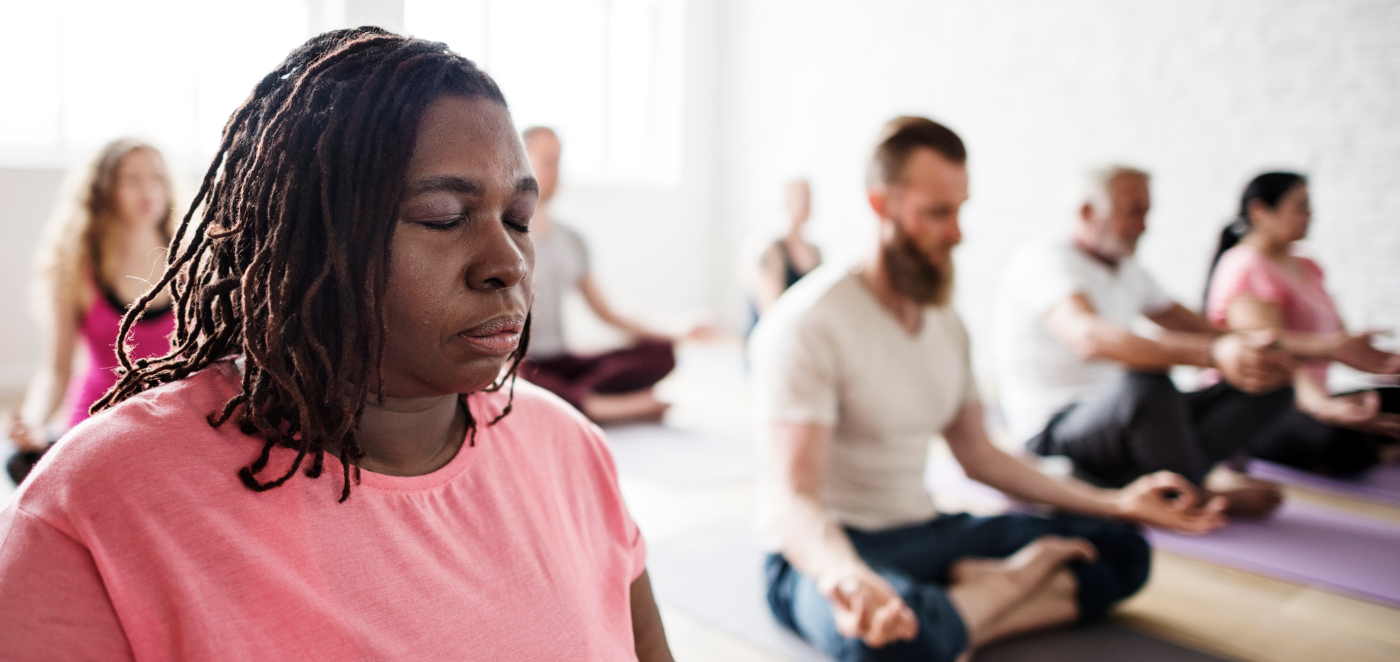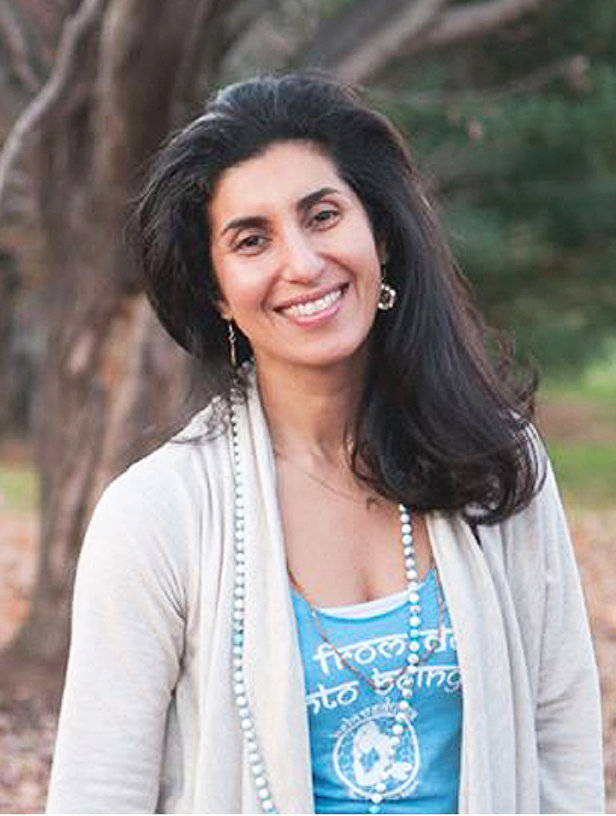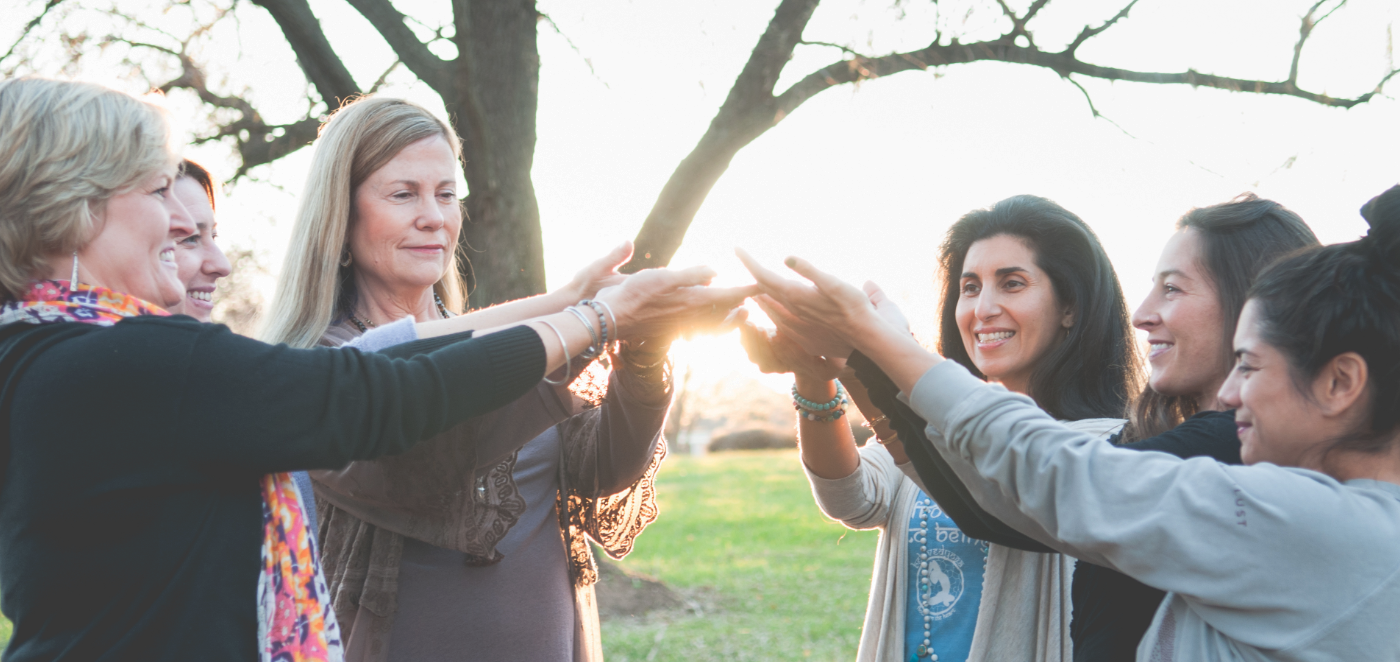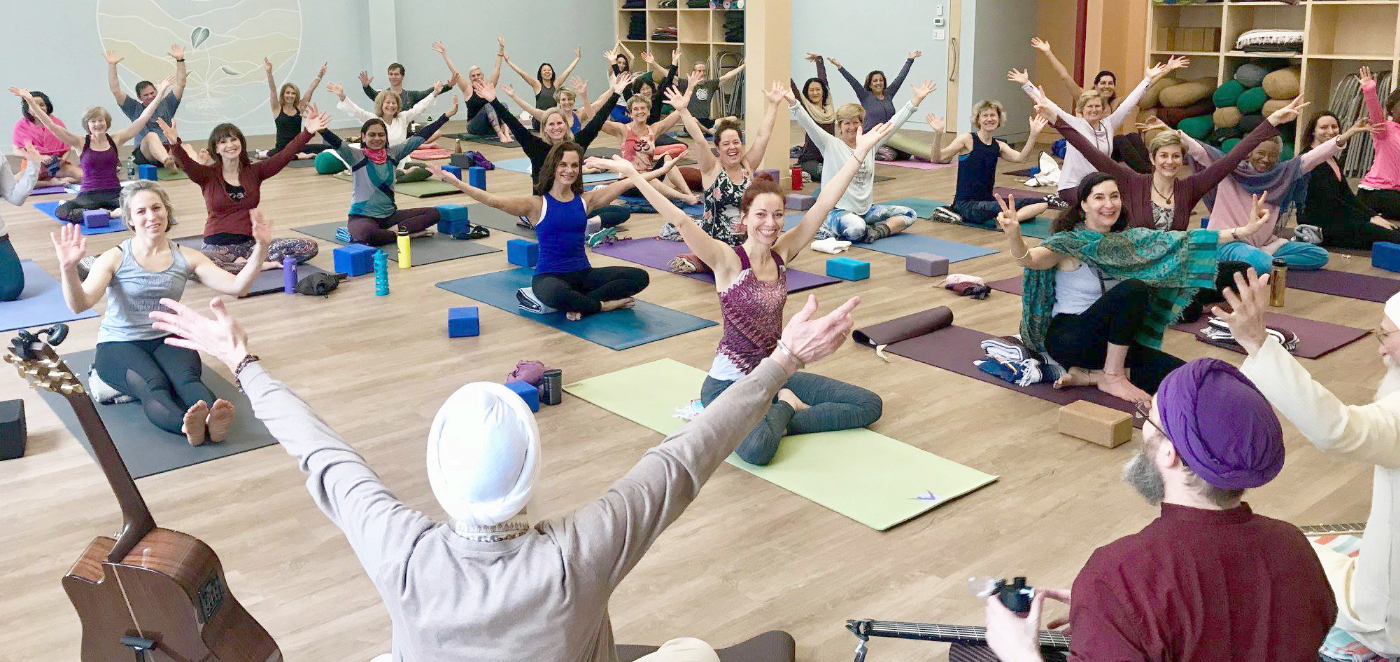Collective Trauma: Dignity (why, what, and how)


“Being cut off from our own natural self-compassion is one of the greatest impairments we can suffer. Along with our ability to feel our own pain go our best hopes for healing, dignity and love.” Gabor Mate
The concept of dignity is often connected to a person’s sense of worth and value. Collectively, how do we experience dignity, and how do we extend it? This often lies in the ability to find like-minded communities that offer a space to share, be heard, seen, and respected. Collectively, society creates methods of communication and collective experience that allow for communities to be able to share concerns and violations, as well as engage in “collective effervescence.” This concept was first described by Emile Durkheim in Elementary Forms of Religious Life, a study of religions with a focus on rites and rituals.
“In these events, he observed a vibrant energy that flowed through communities when participating in a ritual together. Essentially, we merge with the group’s flow; it is a shared experience that often brings about strong emotion and even euphoria.” Cathy Malchiodi Ph.D., “Please Don’t Take My Collective Effervescence Away”
As Yoga Therapists, we may observe the client’s need for community and collective spaces that foster joy, connection, and compassion. This concept introduced by Durkheim may explain what is happening in Yoga classes and events and why as Yoga Therapists, it may make more sense to offer group yoga therapy sessions for individuals dealing working with similar imbalances.
During the Summer of the Covid-19 2020 Pandemic, the United States underwent a major racial awakening as systemic racism was unpacked once again with the death of George Floyd. People of Color, especially black Americans, needed to be heard and reclaim their dignity. This was amplified by the horrific death of George Floyd due to a knee on his neck while he was lying down on the ground with the community watching.
When people’s rights are violated, how do they reclaim their power? Do they deserve dignity if they are the violators? These questions often depend on many factors, yet contemplation is essential to consider approaches. The reclaiming of dignity often comes from three simple ideas:
- To Be Heard
- To Be Seen
- To be Touched with Respect
In short, by being loved.
The pandemic exposed many things about the yoga community at large. We became aware of the imbalances that exist culturally and racially. COVID-19 has thrown most of the world population into turmoil on every front, disproportionately affecting women and BIPOC populations. We began to question the teachings and the abuse of power in the teacher-student relationship. We became attuned to ideas around cultural misappropriation and intentionally cultivated cultural appreciation.
As an Iranian-American, I have had the visceral experience of the “other.” In my seat as a Yoga Therapist/Teacher, it has often been said to me, “I come to you because you are a person of color and a woman, and I feel you can understand the burden of these times.”
Our sense of Self is informed by several factors, including epigenetics, environment, natural disasters, and family systems. However, one moment can shatter us, and another moment can return hope lost. As Yoga Therapists, we can offer that one moment where a person is fully seen as an integrated whole person with value and dignity.
I find individuals seek the integration of yoga therapy into their care plans for three primary reasons:
- They have experienced integrative care and value the way yoga sees the whole person due to personal experience.
- They have experienced the lack of being seen, heard, and respected in the journey of alleviating suffering and are interested in pursuing this.
- They have been advised by someone they trust to explore yoga therapy.
As a clinical Yoga Therapist working in oncology at INOVA/Life with Cancer, I find one of my central roles is to support each person with dignity as I share the medicine of Yoga Therapy chairside and bedside. I feel this happens most effectively with the words I use with the patients.
Please consider taking a few moments to reflect on these prompts. Perhaps journal or bring them up as a group conversation.
- Do you feel heard and seen in your life?
- Who modeled for you seeing all humans with dignity?
- Do you feel your opinion matters with your medical provider?
- Are you able to articulate how you are feeling with clarity?
Read more of Maryam’s posts on collective trauma >
Check out Maryam’s Real-Life Case Studies video series, available exclusively to Sequence Wiz members. Learn more about Case Studies at Sequence Wiz >)

Part 1: Core needs of an individual within a collective story
Part 2: Using self-touch and community connection to overcome anxiety and loneliness
Part 3: Using interval practices throughout the day to settle the nervous system
Part 4: Combining movement with humming to both empower and calm the system
Part 5: Lessons on suffering from Samkhya-Karika
Join the Sequence Wiz Case Studies group to follow along and discuss!
About Maryam
Maryam Ovissi is an accredited Trauma-Informed Clinical Yoga Therapist and Yoga Teacher. Her personal mission as an educator is to provide an opportunity for her students to have access to tools that allow healing, empowerment, and self-realization. Maryam founded Beloved Yoga: A Sanctuary for All, located in Reston, VA, offering yoga therapy, trauma-informed yoga, and a range of accessible classes to share the indigenous teachings of Yoga and Ayurveda with reverence, integrity and accessibility for the community at large, locally and internationally. Maryam’s teachers are the Mohans, and she is honored to be a lead teacher in their Svastha Yoga Therapy Program.





